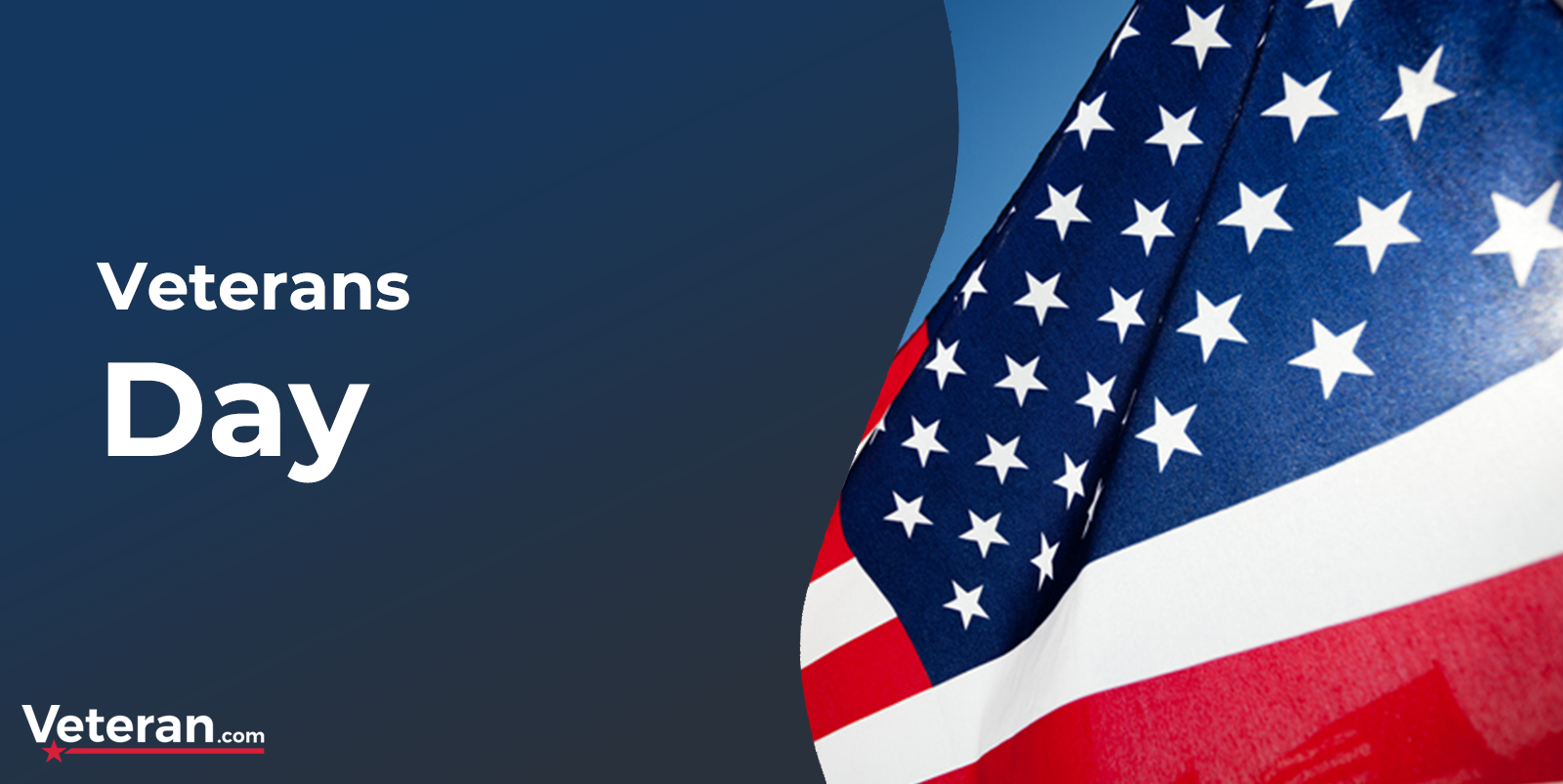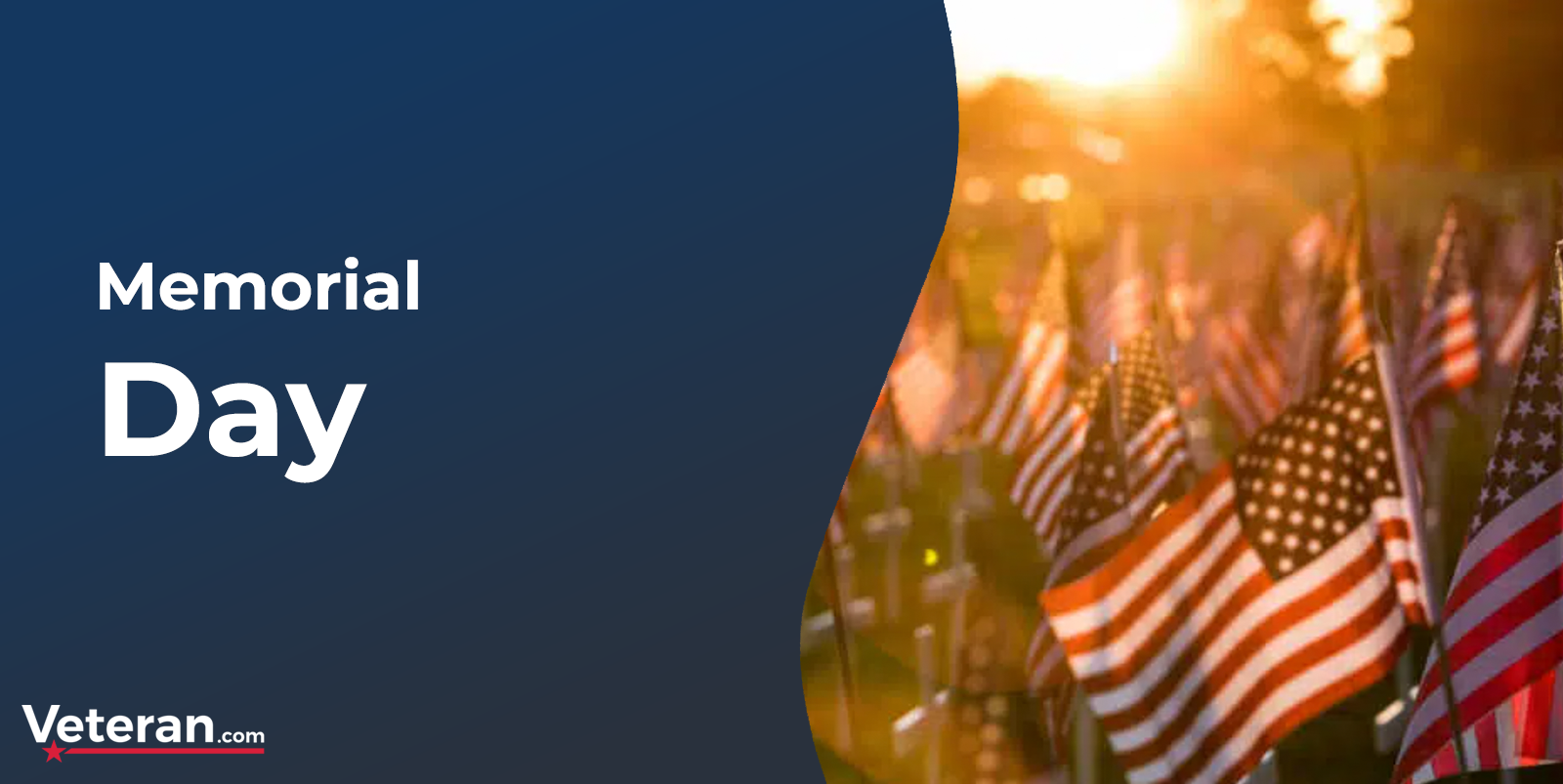The Difference Between Veterans Day and Memorial Day
Updated: May 22, 2023
What is the difference between Veterans Day and Memorial Day? These two holidays both recognize the importance of military service, and they both honor the sacrifices made by active duty, Guard, Reserve troops, and family members. But these two holidays are separate and distinct; there are good reasons why both are observed each year.
Memorial Day vs Veterans Day
Aside from their different histories, origins, and intentions, the biggest difference between Memorial Day and Veterans Day is who each observance is for.
- Memorial Day is, as the name implies, a time to pay respect and honor those who have died either while serving their country, as a result of military service, or after they have finished serving as a retired or separated veteran.
- Veterans Day honors those who have served in the past, and present, and even pays tribute to those who will serve in the future.
When They’re Observed
- Memorial Day: The last Monday of May
- Veterans Day: Nov. 11 of each year
Moment of Silences
- Memorial Day: The National Moment of Remembrance is an annual event that asks Americans to pause for a moment of silence for a minute at 3 p.m. on Memorial Day. The 3 pm time was chosen because it is the time when many Americans are enjoying their freedoms on the national holiday. It is intended to be a unifying act of remembrance for Americans of all ages.
- Veterans Day: The Veterans Day Moment of Silence calls on all Americans to observe two minutes of silence on Veterans Day, beginning at 3:11 p.m. Atlantic standard time, in honor of the service and sacrifice of veterans throughout the history of the nation. The 3:11 pm time was chosen because in 1918, on the 11th hour of the 11th day of the 11th month, an armistice, or temporary cessation of hostilities, was declared between the Allied nations and Germany in World War I.
The National Moment of Remembrance Act became law in the year 2000.
The Veterans Day Moment of Silence Act become law in the year 2016.
How to Honor Veterans Day and Memorial Day
On Memorial Day you can honor the fallen by attending memorial services within your community, laying flowers and planting flags on graves at your local Veterans cemetery, educate the children about the importance of this day or observe the the moment of silence at 3 pm on Memorial Day.
Veterans Day is an opportunity to do the same, but it is also an appropriate time to show your appreciation to veteran friends and family via social media or in person. You can also fly the American flag outside your home, visiting or volunteering at a Veteran facility, attending a local event, and by thanking veterans and their families for their service.
Armed Forces Day
Another holiday honoring members of the military is Armed Forces Day. Celebrated the third Saturday in May, this day is a joint celebration of all six branches of the U.S. military: Air Force, Army, Coast Guard, Marine Corps, Navy, and the newly created Space Force. The day honors all people currently serving in the U.S. armed forces. This includes the men and women who have served or are serving in the Army, Navy, Marine Corps, Air Force, Space Force and Coast Guard, including the National Guard and Reserve components.
A Brief History Of Memorial Day And Veterans Day
Memorial Day began as something called Decoration Day in the years following the end of the Civil War in 1865. On May 5, 1868, an organization for Union vets called the Grand Army of the Republic established Decoration Day on May 30.
It was intended as a way to honor soldiers lost in the Civil War, “strewing with flowers, or otherwise decorating the graves of comrades who died in defense of their country during the late rebellion, and whose bodies now lie in almost every city, village and hamlet churchyard in the land” according to the original proclamation by the organization’s leader, General John A. Logan.
By the end of the 1800s, Memorial Day ceremonies were held nationwide on May 30, leading military leadership and state lawmakers to create formal observances. World War One’s end saw Decoration Day revised and expanded to honor those who died in all American wars but it wasn’t until 1971 when Memorial Day became a national holiday celebrated on the last Monday in May.
Enter Armistice Day, Later Known As Veterans Day
Veterans Day has a similar connection in its’ origin story thanks to World War One, but in the case of Veterans Day, the end of the war was the catalyst for the creation of the holiday rather than a modification of it ala Memorial Day.
The end of World War One became known as Armistice Day. Hostilities ended on the 11th day of the 11th month at the 11th hour with the signing of the armistice agreement; Armistice Day was named in honor of this final moment of “the war to end all wars”.
But as some history-oriented websites point out, World War One was NOT the last of such armed conflicts in spite of its’ name. Some speculate that at the end of hostilities in Korea, with the singing of an armistice agreement, that the very word “armistice” had been tainted due to the lack of any kind of decisive victory in the war.
“Armistice Day” would soon give way to “Veterans Day” via presidential declaration in 1954.

Most Popular Holidays and Observances Articles

Federal & Training Holidays

Military Calendar – Holidays, Events, Observances

Veterans Day 2024

Memorial Day 2024































































